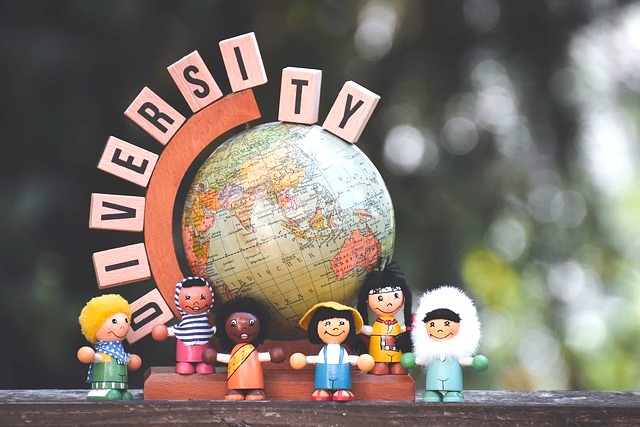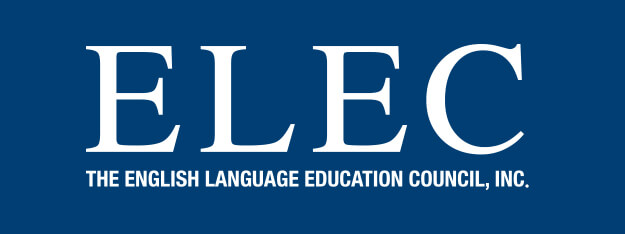
文化的多様性を大切にするー言語教育におけるその重要性ー(2/3)
Tokyo Global Gateway (TGG)での幅広い活動を経験しているTony先生。言語教育における文化的多様性の重要性についてどのような考えをもつようになったのでしょうか。
(1)文化的多様性と言語教育の重要性 はこちら
Embracing Cultural Diversity, by Tony Gibson (2/3)
One fundamental approach to cultivating cultural competence in language education is the incorporation of authentic cultural materials. Utilizing materials such as literature, films, music, and multimedia resources originating from the target cultures offers learners invaluable glimpses into the cultural intricacies embedded in the language. Engaging with authentic materials not only enhances language proficiency but also fosters a deeper appreciation for the cultural heritage and diversity inherent in the language being studied.
Literature: For English learners, reading novels, short stories, or poems by authors from English-speaking countries provides insights into cultural norms, values, and historical contexts. Examples include reading “To Kill a Mockingbird” by Harper Lee (American literature), “Pride and Prejudice” by Jane Austen (British literature), or poems by Langston Hughes (African American literature).
Films: Watching films from English-speaking countries allows learners to immerse themselves in the language and culture. Examples include watching “The Shawshank Redemption” (American film), “The King’s Speech” (British film), or “Slumdog Millionaire” (British-Indian film) with subtitles in English.
Music: Listening to music in English is a fun way to improve language skills while also learning about cultural aspects. Examples could be listening to songs by The Beatles (British rock), Beyoncé (American pop), or Bob Marley (Jamaican reggae).
Multimedia resources: Accessing multimedia resources like podcasts, YouTube videos, or documentaries in English offers diverse perspectives and cultural insights. Examples include listening to the “Serial” podcast (American storytelling), watching TED Talks (global speakers discussing various topics), or viewing BBC documentaries (British perspectives on different cultures and issues).
Additionally, experiential learning activities, including cultural immersion initiatives, virtual exchange programs, and cross-cultural exchanges, offer learners opportunities to interact with native speakers and immerse themselves in unfamiliar cultural settings. These immersive experiences enable learners to develop cross-cultural communication skills, challenge preconceptions, and broaden their perspectives, thereby cultivating a more inclusive and culturally sensitive learning environment.
文化的な要素を取り入れるための具体的な方法
言語教育における文化的能力を養うための基本的なアプローチの一つは、本物の文化教材を取り入れることです。文学、映画、音楽、マルチメディア教材など、ターゲットとなる文化に根ざした素材を活用することで、学習者はその言語に込められた文化的な複雑さを垣間見ることができます。本物の教材に触れることは、言語能力を向上させるだけでなく、学んでいる言語に内在する文化的遺産や多様性への理解を深めることにも繋がります。
文学: 英語学習者にとって、英語圏の作家による小説、短編小説、詩を読むことは、文化規範、価値観、歴史的背景への洞察力を養うことができます。例えば、ハーパー・リーによるアメリカ文学の「アラバマ物語」、ジェーン・オースティンによるイギリス文学の「プライドと偏見」、ラングストン・ヒューズによるアフリカ系アメリカ人文学の詩などがあります。
映画: 英語圏の映画を見ることで、学習者はその言語と文化にどっぷり浸ることができます。 例えば、字幕付き英語で「ショーシャンクの空に」(アメリカ映画)、「英国王のスピーチ」(イギリス映画)、「スラムドッグ・ミリオネア」(英印合作映画) などを見ることで、英語学習を効果的に進めることができます。
音楽: 英語の音楽を聴くことは、楽しみながら語学力を向上させ、同時に文化的側面についても学べる方法です。 たとえば、ザ・ビートルズ (イギリスのロック)、ビヨンセ (アメリカのポップ)、ボブ・マーリー (ジャマイカのレゲエ) などを聴くことが挙げられます。
マルチメディア教材: 英語のポッドキャスト、YouTube動画、ドキュメンタリーなどのマルチメディア教材を利用することで、多様な視点や文化的な洞察力を得ることができます。 例えば、「Serial」 (アメリカのストーリーテリング) のようなポッドキャストを聴いたり、「TED Talks」 (世界中の講演者が様々なトピックについて議論する様子) を視聴したり、「BBCのドキュメンタリー」 (イギリスの視点から見た異なる文化や問題) を観ることなどが挙げられます。
これらの教材以外にも、異文化交流プログラムやバーチャルエクスチェンジプログラムなどの体験学習アクテビティは、ネイティブスピーカーとの交流や、馴染みのない文化環境に身を置く良い機会となります。このような没入型の体験は、学習者の異文化コミュニケーション能力を向上させるととともに、先入観にとらわれることなく、視野を広げ、文化的感度の高い学習環境を育むことができます.
